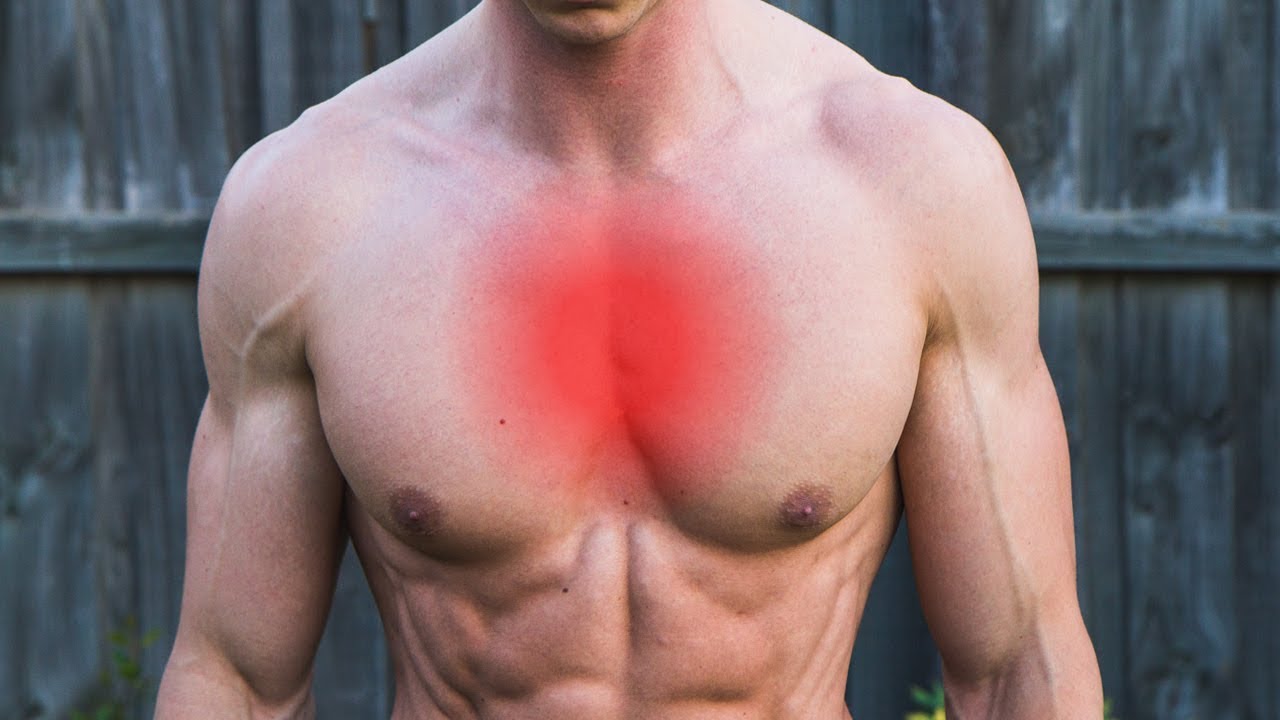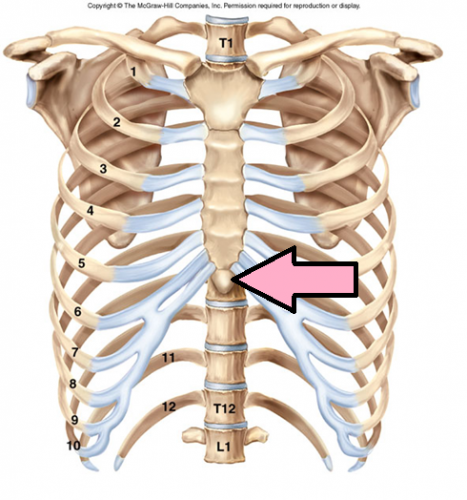

Not only does this injure the muscle, but over time, it also puts the heart at risk of anĪbnormal heart rhythm, which can be life-threatening. Because of how thick the muscle is, it sometimes needs more oxygen than the coronary arteries are able to provide. This is present in about 1 out of 200 people. Examples of these include:Ĭardiomyopathy is an abnormality of the heart muscle that makes it very thick. It is very unusual for a child to have a heart attack, unless they have an abnormal coronary artery course or origin, or disease of the heart muscle. This is what is commonly referred to as a heart attack.

When these get blocked for any reason, the heart does not get enough oxygen. The coronary arteries are tiny arteries that wrap around the heart to bring oxygen to the heart muscle. What is a heart attack, and can it happen in a child? Chest pain during physical exertion, exercise or activityĬhest pain and pressure that does not go awayĬhest pain after an unexpected decrease in the ability to exercise over days to weeksĬhest pain in children who have a genetic cause ofĬhest pain in children with a family member who died of unexplained reasonsĬhest pain in children with a family member who has Warning signs that should raise concern for a heart problem: In rare cases, a heart problem will cause chest pain in children. Your pediatrician may determine this as the cause of your child's chest pain by a process of elimination. Others may complain of discomfort to gain attention. Some children describe emotional responses to stress and anxiety as chest “pain". Gastroesophageal reflux disease or heart burn. This is sometimes called pleurisy.Ĭhildren sometimes describe their breathing difficulties fromĪcid reflux from the stomach up into the esophagus can burn and feel painful. Pneumonia (lung infection) can cause irritation around the lungs that can be quite painful, especially with breathing. Other common causes of chest pain include:
PAIN IN CENTRE OF CHEST BONE HOW TO
How to safely use ibuprofen and any other pain medicines. Pain medicines like ibuprofen can help relieve the pain and reduce any inflammation that is present. Musculoskeletal chest pain is not due to any problem with the heart and is not dangerous. “Costochondritis" is pain caused by inflammation of the cartilage connecting with the bones of the chest. Coughing really hard or often during a cold can also cause chest pains. These pains are sometimes referred to as “precordial catch syndrome". These come and go and can be quite painful.

There are three common causes of musculoskeletal chest pain:Ī spasm or cramp of the chest wall muscles and nerves. Most children complaining of chest pain have musculoskeletal chest pain, which is pain originating from the muscles or bones in the chest, and their connections.

What is the most common cause of chest pain in children? Many times, the cause can be determined by answering a few questions about the discomfort and by undergoing a careful physical exam.
PAIN IN CENTRE OF CHEST BONE FREE
Still, you should feel free to ask your pediatrician about it to figure out the reason for the pains. Chest pain in children is rarely due to the heart. Many children say their chest hurts at some point during their growth and development. Renno, MD, MPH, FAAP & Tim Thomas, MD, FAAP


 0 kommentar(er)
0 kommentar(er)
